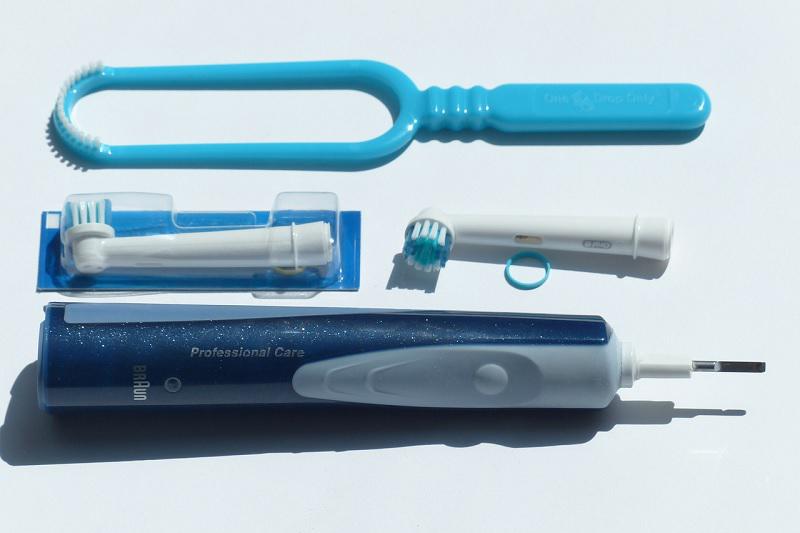When winter is on its way in the UK, we naturally start to think about how to keep our homes warm and cosy over the coldest months of the year.
However, the simple act of heating our home can have a negative effect on the environment.
The majority of UK homes are heated by natural gas, which is one of the cleanest-burning fuels available when compared to fossil fuels such as oil.
However, much of the gas is lost to the atmosphere during the extraction process, causing a negative effect on the environment through global warming.
Furthermore, old or faulty household boiler systems can emit gas causing a potential pollution hazard, and the transportation of natural gas adds to the environmental impact.
Alternatively, many UK homes rely on electric heating, but because electricity is still made by fossil fuels such as gas and coal, electric heating can have an even greater negative environmental impact, and can generate more greenhouse gas pollution than gas-fired boilers.
The way we heat our home can have a huge impact on the size of our carbon footprint, and if we want to slow down global warming then it’s perhaps it’s time we looked at more environmentally friendly ways to heat our homes.
Read on to find out more about some of the newest, eco-friendly heating options now available.
Table of Contents
Biomass Heating Systems
Biomass heating systems burn wooden logs, pellets or chips to power central heating systems and heat water.
Although some carbon dioxide is emitted when the wood is burned, an equal amount is absorbed when trees are grown to produce the wood.
Providing the wood is sourced fairly locally and new plants are planted to replace those used for heating, biomass can be considered as a sustainable option.
Pros:
- Can save you money on your heating (depending on wood fuel prices).
- Potentially carbon-neutral or near-carbon-neutral.
- You may be eligible for Renewable Heat Incentive payments (a UK Government scheme that encourages renewable heat technologies for homes and businesses through financial incentives).
Cons:
- The carbon footprint of a biomass boiler can vary depending on the source of the wood, so it’s still hard to measure their environmental impact.
- Wood burning is coming under scrutiny in some urban areas for adding to air pollution.
- Biomass heating systems often need more space than a typical gas boiler and can be harder work to maintain, requiring regular refilling and cleaning.
Ground Source Heat Pumps
Ground source heat pumps extract heat from the ground using pipes buried in the garden, then use the heat to provide heating and hot water inside the home.
The pipes contains fluid which absorbs heat at low temperature before passing the fluid through a compressor to raise it to a higher temperate suitable for providing hot water and heating inside your home.
The heat pump can be used throughout the year due to the ground staying a fairly constant temperature beneath the surface.
Pros:
- Can lower carbon emissions and save you money. They can also provide additional income through the Renewable Heat Incentive (RHI).
- Minimal maintenance required once installed.
Cons:
- May need to be constantly in use to provide efficient heating.
- Radiators may not feel as warm in comparison to using a gas or oil boiler.
- Can be trickier to install as they require trenches or drilling.
Air Source Heat Pumps
Air source heat pumps are a much more eco-friendly and efficient replacement for your current heating system, and are often easy to install and maintain.
They work by absorbing heat from the air at low temperature which is then transformed into a liquid, which is passed through a compressor.
At this point the temperature rises, and the heat is transferred to heating and hot water in your home.
There are two different types of air source heat pumps:
Air to Water: The generated heat is distributed by the wet central heating system, and can work at low temperatures over time, so is perfect for radiators or underfloor heating systems.
Air to Air: The warm air is circulated by fans to heat the home, and often can only be used for one function at a time (either heating or water heating).
Pros:
- Lower carbon footprint when heating your home
- Can provide heat at much lower temperatures than conventional oil and gas boilers.
- Generally easy to install in most households, and are easy to maintain.
- You may be eligible for Renewable Heat Incentive payments.
- Good Seasonal Energy Efficiency Rating (SEER), so they are cheap and efficient to run in the summer.
Cons:
- Because they provide heat at lower temperatures, you may need larger radiators to keep your home warm. They may also be less efficient in colder weather than some other heating systems.
- If solar energy or wind power isn’t available, they require electricity which may have a negative environmental impact.
- Can be quite noisy to run.
Solar Thermal Panels
Solar thermal panels are devices that are fixed onto the roof of a house to absorb the sun’s radiation, which can then supply heat as hot water or to your central heating system.
Pros:
- Can provide 50% of hot water requirements.
- Eco-friendly and requires little maintenance.
Cons:
- Efficiency depends on the weather, and usually the demands on heating systems are highest in winter, when the sun isn’t strong enough. Solar Thermal Panels will not usually be able to meet the demand of heating a whole house in the UK.
- Upfront costs can be high, although a large amount can be claimed back through the Renewable Heat Incentive (RHI).
InfraRed Heating Panels
InfraRed heating panels are one of the newest alternative heating systems available on the market. They work by heating objects instead of the air.
Infrared is emitted from the heater, travelling through the air until it hits an object. Heat is produced as molecules vibrate when the object absorbs the radiation.
Pros:
- Much better for the environment than electric radiators and more cost-efficient.
- Extremely lightweight and slim, so they fit into any home easily and easily hidden behind paintings or mirrors, and they’re also super quiet.
- Can reduce mould in a property as they heat the walls reducing condensation.
Cons:
- It’s early days for InfraRed Heating Panels, so it’s still too soon to say just how efficient they really are.
- Will use peak time electricity in a similar way to electric radiators, so are unlikely to be as cost-effective or eco-friendly as some other heating methods.
Summary
Eco-friendly heating systems can reduce the energy we use to heat our homes, thereby helping reduce pollution from non-renewable energy sources, and they can save us money too.
With the government’s Renewable Heat Incentive (RHI) encouraging homes and businesses to install renewable heat technology, there’s never been a better time to switch to an eco-friendly heating option.
However you choose to heat your home, there are additional ways you can become more energy efficient when heating your home:
- Insulate your home wherever possible. It’s relatively cheap and easy to draught-proof windows and doors, and consider insulating your loft or attic if hasn’t been insulated already. There are lots of tips and advice available online—try the Energy Saving Trust website for some ideas.
- Consider smart heating controls which help you manage your heating even if you’re not at home from your mobile phone or computer.
If we can all reduce how much heating we use by being more responsible and preserving heat where we can, we could see a huge reduction in emissions from heating our homes.

Clare began her career as a technical writer, but since having her boys has worked mostly from home writing content for various websites, including health and beauty and educational resource sites.




Hi,
You have missed out a heating system!
The Rocket Mass stove is the most efficient means of burning wood.
Couple this with Silicon Carbide as the build material, which turns it into a “kochelofen” and you have the most effieient heat storage system.
Unfortunately my situation does not allow me to pursue this. It is in its infancy and needs further R&D.
Maybe you can do an article on this.
Peter